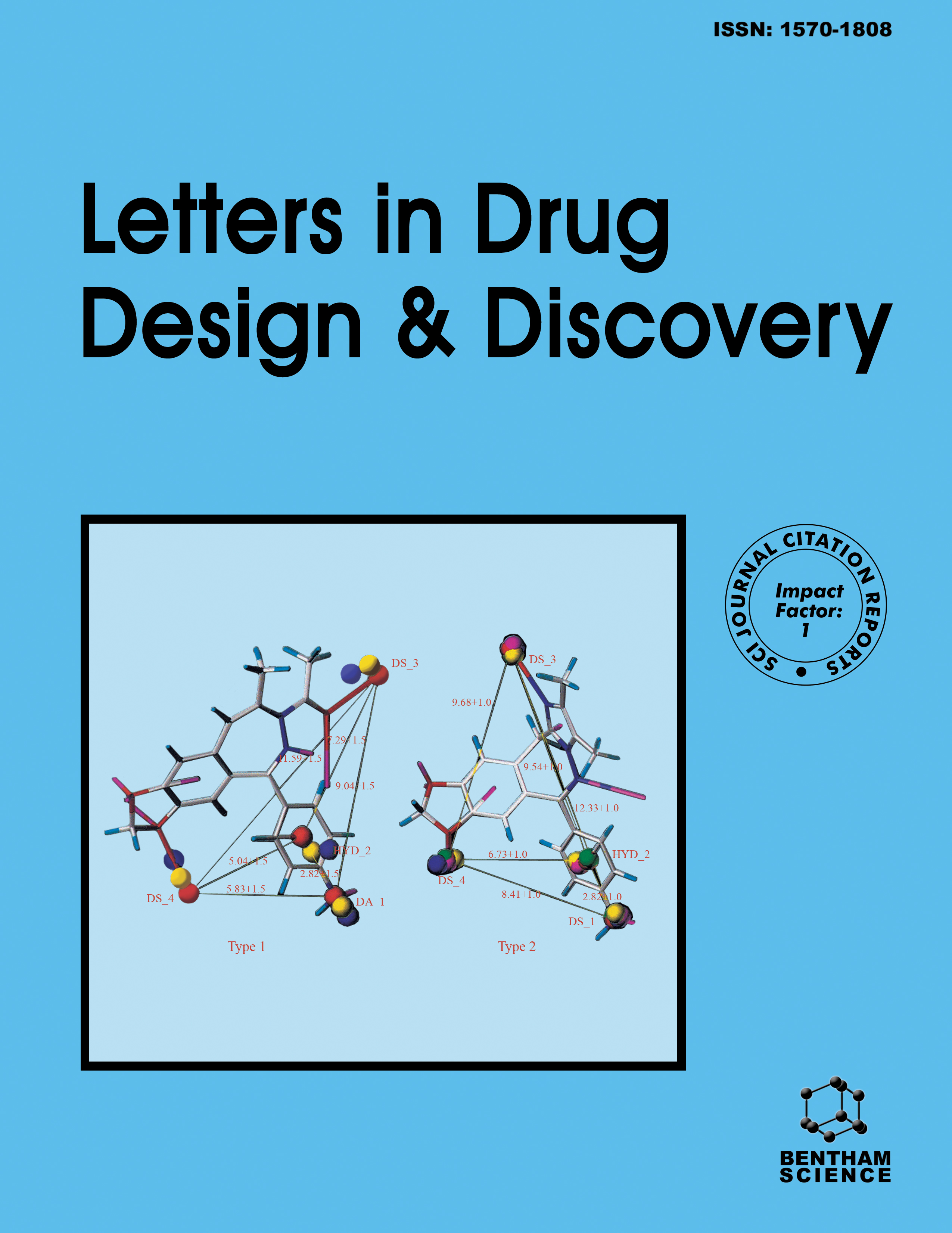
Full text loading...
We use cookies to track usage and preferences.I Understand
This study aims to investigate the active ingredients and potential mechanisms of Total Flavonoids of Hippophae (TFH) in the treatment of Allergic Dermatitis (AD) using network pharmacology and molecular docking.
The effective components and targets of TFH were identified using the TCMSP, PubChem, and Pharmmapper databases. AD-related targets were screened through GeneCards, OMIM, and TTD databases, leading to the identification of TFH anti-AD related targets. The STRING database was utilized to obtain protein interaction relationships, and Cytoscape 3.9.0 software was employed to construct the protein-protein interaction network. GO and KEGG enrichment analyses were conducted to elucidate the biological processes and pathways involved. Molecular docking between key components and key targets was verified using AutoDock Tools 1.5.6 software.
The key components identified for anti-AD activity were Quercetin, Kaempferol, Cianidanol, and Epicatechin, while the key targets included MAPK8, MAPK10, MAPK14, AKT1, SRC, and EGFR. GO analysis indicated that TFH's anti-AD effects are primarily associated with hormone regulation, cellular processes, response to stimuli, organelles, and cytoplasm. KEGG enrichment analysis suggested that the key pathways involved are pathways in cancer, lipid and atherosclerosis, and the IL-17 signaling pathway, with a significant emphasis on the IL-17 signaling pathway. Molecular docking results demonstrated that the key active ingredients exhibited strong binding activity with all the key targets, with the highest binding affinities observed between kaempferol and MAPK14, epicatechin and MAPK14, and quercetin and AKT1.
TFH exerts therapeutic effects on atopic dermatitis through multi-component, multi-target, and multi-pathway mechanisms involving inflammatory response, immune regulation, and apoptosis. This study provides valuable insights for the further development of drugs specifically targeting AD.

Article metrics loading...

Full text loading...
References


Data & Media loading...

